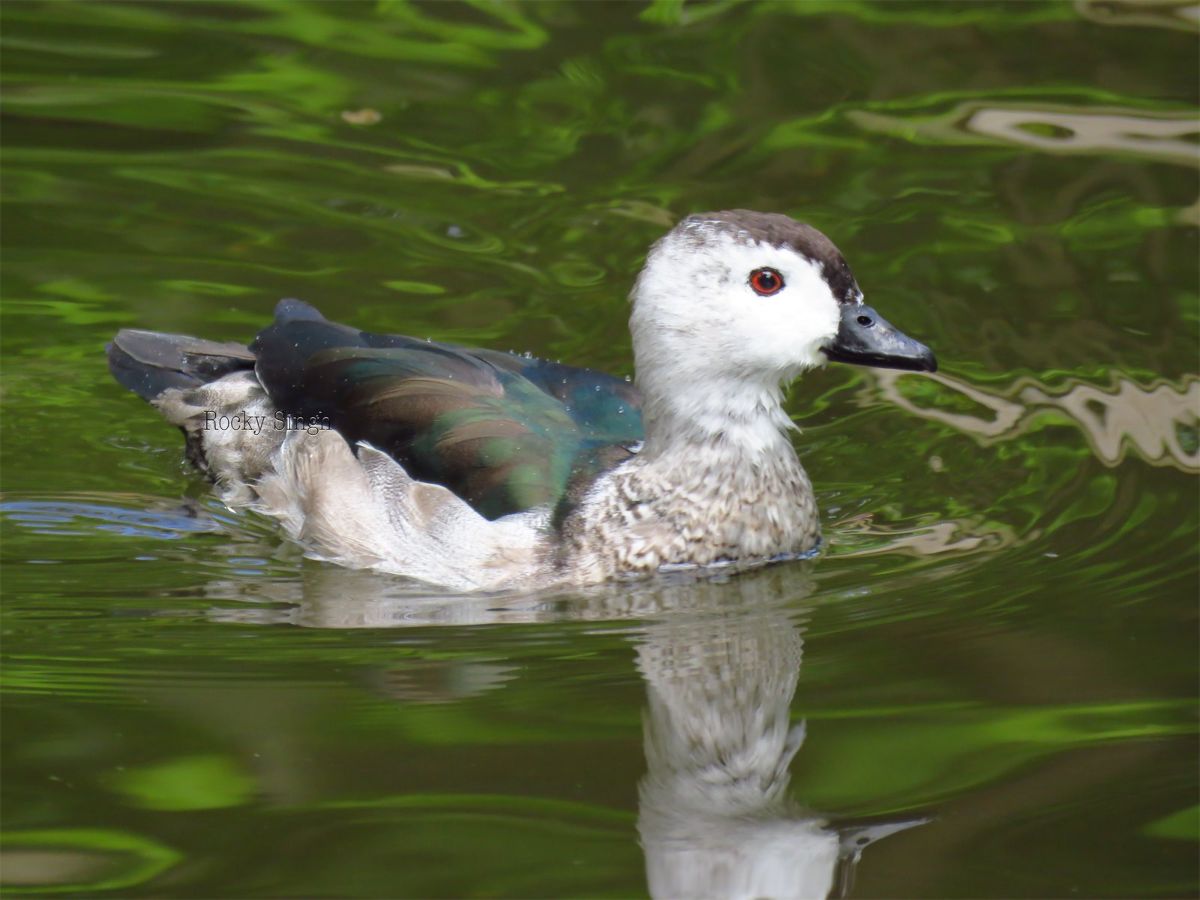5 Unexpected Birdwatching Locations In Guwahati That Will Amaze You!
Guwahati lies on the Brahmaputra River and is known as the gateway to Northeast India. This city is a dream for birdwatchers and nature lovers alike. It has lush green parks and serene wetlands that are perfect for various species of birds. Guwahati is known for its ancient temples, energetic markets, and dynamic culture, which is why it does not instantly come to mind for birdwatching spots. But Guwahati is full of surprises. In this article, we will talk about the most astonishing birdwatching spots and why they are so special.
1. Deepor Beel: One of Asia’s Largest Freshwater Wetlands
Deepor Beel is one of the largest freshwater wetlands and birders have been visiting this place since 2002. It is always buzzing with activity. Deepor Beel is located about 10 KM from the center of Guwahati and is also a Ramsar site which makes it even more popular among tourists.
Wetlands, which are the most important ecosystems in the world, provide multiple benefits for wildlife diversity. This is especially true in winters when thousands of migratory birds come from Central Asia, Siberia, and other regions to the wetlands. In Deepor Beel, one can observe the Greater Adjutant Stork (or “Hargila” as it is called here), Spot-billed Pelican, Black-headed Ibis, and several types of ducks like the Northern Pintail and Garganey. Also, Osprey as well as the Eastern Marsh Harrier are regular visitors.
Deepor Beel is very interesting in that it is found in a highly developed city. Because of the development, it has suffered from encroachment and pollution. However, a lot has been done, and continues to be done, towards conserving the wetland which increases its ecological value. Birdwatchers and nature lovers can get the best views of the birds during the soft light around sunrise and sunset and enjoy the soothing surroundings of the wetland.
2. Pobitora Wildlife Sanctuary: Beyond Rhinos

Known for housing Indian One horned Rhinoceroses, Pobitora Wildlife Sanctuary located 30 km east of Guwahati is equally popular among birdwatchers for its lesser known treasure. This small sanctuary situated east of Guwahati can support more than 200 species of birds due to the diverse plants and animals it houses.
Those who come to Pobitora will likely see the Cotton Pygmy Goose, the Purple Heron, and the Common Kingfisher that flourish in the marshy regions bordering the grasslands. Northward migrating Bar-headed Geese breed here in winter and enhance the scenery.
Besides, the visitors can also spot waterbirds during their visit, including kingfishers and rufous treepies. The proximity of Pobitora to Guwahati also enables tourists to visit its wildlife sanctuary in a single day.
3. Guwahati Zoo (Assam State Zoo Cum Botanical Garden): A Fantabulous Collection of Artificial Wonders
Many birdwatchers fail to notice the exquisite charm of the Assam State Zoo Cum Botanical Garden situated in Guwahati, easily accessible to avid bird watchers and light-hearted bird lovers. The sprawling 432 terrace zoo-botanic garden harbors numerous bird species that are not caged, and the greenery offers an excellent breeding and nesting ground.
Among them are free-ranging residents like the Indian Peafowl, Red-vented Bulbul, and Asian Koel which act like pet birds of the park. Even Kingfishers, sunbirds, and the Indian Eagle-Owl are attracted by the large trees and artificial ponds, creating new microhabitats for them.
The zoo provides a convenient option for families and local bird enthusiasts to relax while watching birds without venturing too far from the city. While the focus is on zoo animals, it must be said that the presence of wild birds adds a lot to the enjoyment of the visitors.
4. Bharalu Riverfront: An Urban Oasis

Watching birds from an urban riverfront is an unusual combination and most people would not expect it. However, the Bharalu River Front in the heart of Guwahati surely turns that notion on its head. Even though the Bharalu River suffers from pollution, the new beautification works done on the banks have created patches of green that attract birds.
Commonly noticed birds in this region are the Little Egret, Pond Heron, and Common Myna, all thriving surprisingly well in the city. Since the riverfront is close to residential areas, many familiar birds like the House Sparrow and Rock Pigeon can be spotted alongside shy birds such as the Spotted Dove.
Birdwatching at Bharat riverfront is not so much about the rare species that one would look for as it is about how wildlife can adapt to human civilization. It is best to be early to Bharalu for the quiet which helps with visibility.
5. Silpukhuri Lake: An Almost Unknown Jewel.
Apart from the busy Silpukhuri, a commercial hub of Guwahati, lies Silpukhuri Lake, a very charming spot that attracts bird watchers. Even though it is small in size, Silpukhuri lake attracts a variety of fish and bird life due to its open water and reedy edges.
The lake is a regular space for the Bronze-winged Jacana, Moorhen, and Lesser Whistling Duck. At the same time, predatory birds like the Brahminy Kite can be seen soaring high above the lake. During migration periods Northern Shoveler and Common Teal utilize the lake as a staging area.
Even though this lake is located next to the urban areas of Guwahati, Silpukhuri Lake maintains a sense of placidity and beauty and thus allows people to enjoy nature. This quality makes Silpukhuri Lake popular with amateur photographers and weekend bird watchers.
Final Thoughts
Though not an obvious choice for a bird watching destination, Guwahati provides a thrilling experience for those who are willing to take the risk. The city is a blend of urban development and natural beauty like Deepor Beel, where the Greater Adjutant Storks are a breathtaking sight, as well as secluded birds of the forest in Pobitora. Or even for riverfront visitors who appreciate the barn swallows in their new home at the Bharalu River.
News